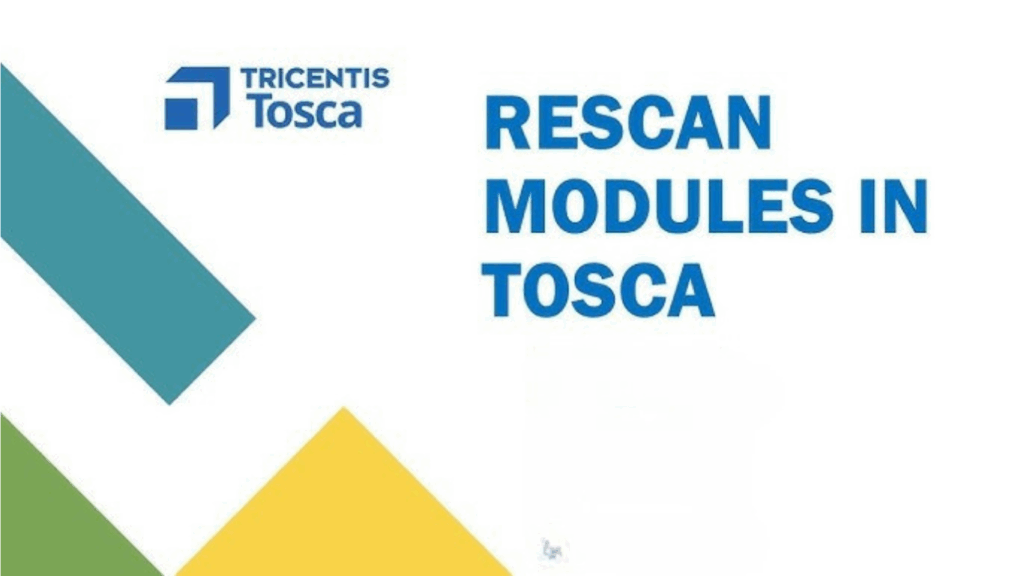Selenium WebDriver runs every test on a fresh profile without the SSL certificates, which results in the issue. There are good Selenium courses that provide adequate knowledge of this concept so you can check them out.
By simulating human interactions on the web browser, Selenium certainly simplifies the often tedious work of testing, but there are specific differences when performing tests with automation. You might have encountered situations where manually opening a website works perfectly, yet running the exact process with Selenium WebDriver produces an error message stating, “This Connection is Untrusted.”
Ever wondered why this happens? The answer is fairly simple: when you open a URL manually, the browser automatically imports and verifies the necessary SSL certificates, allowing secure access without any interruptions. However, during automated testing with Selenium, these certificates aren’t always imported by default, which can cause trust issues and result in errors.
What is an SSL certificate?
A secure connection is created between the server and the client (such as a browser) using SSL (Secure Sockets Layer), a widely trusted security protocol. This connection relies on an SSL certificate, which encrypts data, ensuring that sensitive information is transmitted securely and can only be accessed by the intended server.
This encryption protects data from interception and unauthorized access, providing proof of the website’s authenticity. By establishing trust, SSL helps deter hackers, safeguarding user data and providing peace of mind for anyone accessing the website.
What is an untrusted SSL certificate?
The SSL certificate helps verify a website’s authenticity by ensuring it is what it claims to be, establishing a secure connection between your browser and the site. If there’s an issue with the SSL certificate such as expiration, incorrect configuration, or a mismatch a warning message will appear in your browser.
In Google Chrome, for instance, the message “Your connection is not private” signifies potential security risks, cautioning users that their connection may be vulnerable to attackers attempting to steal information like passwords, emails, or credit card details. This warning is a prompt to avoid proceeding to the site unless you trust its source or know it’s secure.
The many sorts of SSL certificate issues and how to manage them in Selenium automation will be covered in the sections that follow. Let’s first examine the operation of an SSL certificate before moving on.

How does the SSL certificate work?
As previously mentioned, an SSL certificate plays a crucial role in establishing a secure and encrypted connection between the client and server. This secure link ensures that all data exchanged remains private and protected from unauthorized access, reinforcing the website’s credibility and user trust.
The following are the steps that summarise how things work internally:
- The HTTPS request is sent to the server by the browser.
- The server transmits the SSL certificate to the browser as evidence that it can be trusted.
Today, every browser maintains a list of trusted certificate authorities (CAs) that are recognized as reliable sources for issuing SSL certificates. When you attempt to connect to a website, the browser checks the site’s SSL certificate against this list of trusted CAs. This process involves several checks: verifying that the certificate is indeed issued by a trusted CA, ensuring that it hasn’t expired or been revoked, and confirming that the certificate’s common name (usually the domain name) matches the one requested by the user.
If all of these criteria are met, the browser accepts the certificate as valid. This acceptance initiates an encrypted session between the server and the browser. Through this encrypted session, data can be transmitted securely, allowing sensitive information such as login credentials, financial transactions, and personal details to be protected from unauthorized access or interception.
The encryption ensures that only the server and the client browser can decrypt and understand the data, safeguarding it from potential cyber threats and maintaining user privacy.
What are the different types of SSL certificates?
If you’ve ever looked at the zip file that the Certificate Authority sent you for your website’s SSL certificate, you’ve probably noticed that it contains multiple SSL files, not just one. Three different SSL certificate types are offered by the Certificate Signing Authority:
- Root Certificate
- Intermediate Certificate
- Server Certificate
A digital certificate issued to and belonging to the Certificate Authority (CA) is known as the Root Certificate. This certificate is essential for establishing trust across the internet, as it verifies the legitimacy of the CA itself. Root Certificates are pre installed in most browsers, allowing them to recognize and validate certificates issued by that CA automatically.
Because of their critical role in maintaining web security, CAs guard their Root Certificates diligently, often storing them offline or using advanced protections to prevent any compromise.
In the certificate hierarchy, the Intermediate Certificate serves as a vital connection between the Root Certificate and the Server Certificate. It acts as a “bridge” in the chain of trust, linking the server’s SSL/TLS certificate back to the Root Certificate. CAs issue Intermediate Certificates to sign and validate Server Certificates without exposing the Root Certificate directly.
This approach improves security, as the Root Certificate remains offline and insulated from vulnerabilities. For secure connections, Intermediate Certificates must be installed on your server alongside the Server Certificate, allowing browsers to confirm the certificate’s trustworthiness by tracing it back through the Intermediate to the trusted Root.
Finally, the Server Certificate is the main SSL/TLS certificate obtained for installation on your server. This certificate authenticates the server’s identity to users and enables encrypted communication between the server and client browsers.
By installing the Server Certificate with the associated Intermediate Certificates, users visiting the site can verify its authenticity, establish a secure connection, and interact confidently, knowing that data exchanged is encrypted and safeguarded against interception or tampering.
What are the different types of SSL certificate errors?
A notice such as “This site is not secure” or “Your connection is not private” may appear after making an HTTPS request. Other browsers may display various error messages for this SSL certificate problem, as shown below:

- Chrome – Your connection is not private.
- Firefox – Warning: Potential Security Risk Ahead.
- IE – This site is not secure.
- Safari – Safari can’t verify the identity of the website.
There is one thing that all of these issues have in common, namely the cause of the mistake, despite the fact that the error messages that display on different browsers may change. Each untrusted SSL has a valid justification. Here are a few examples of standard error causes:
- Expired Certificate Error: Error code ERR_CERT_DATE_INVALID is displayed when a website certificate has expired and causes a certificate error.
- Revoked Certificate Error: When a website’s certificate is revoked, an error message with the error number ERR_CERT_REVOKED appears.
- Self-Signed Certificate Error: This error, which has the error code ERR_CERT_AUTHORITY_INVALID, occurs when the certificate is either self-signed or signed by an untrusted source.
Although the aforementioned problems are frequent, the website you access may also have other SSL errors.
Conclusion
SSL (Secure Sockets Layer) enables a secure, encrypted connection between the client (such as a user’s browser) and the server, protecting data in transit from interception, tampering, or unauthorized access. When establishing this secure connection, the SSL certificate plays a critical role by validating the server’s identity in a step by step, layered manner, where trust is incrementally established through a hierarchy of certificates. This ensures that sensitive information like login details, payment data, or personal information remains confidential during transmission.
The Certificate Authority (CA) offers various types of certificates to achieve these security layers, including Root, Intermediate, and Server certificates, each serving distinct roles in the SSL certificate chain of trust. The Root Certificate, held securely by the CA, is the foundational trust anchor, rarely exposed to reduce security risks.
Intermediate Certificates connect the Root to Server Certificates, ensuring that the server’s identity can be verified back to a trusted Root without compromising it directly. The Server Certificate resides on the server, directly facilitating secure interactions with users and validating the server’s authenticity.
However, SSL certificates can encounter issues that may disrupt secure connections. For example, a Revoked Certificate occurs when a certificate’s validity is prematurely terminated by the CA due to compromised security or policy violations.
A Self-Signed Certificate is one that a server signs for itself without CA verification; while these may be useful in testing environments, they aren’t trusted by browsers for public websites. An Expired Certificate is one that has exceeded its validity period and no longer ensures a secure connection, prompting browsers to warn users.
Addressing these issues by regularly renewing, properly signing, and securely managing certificates is essential to maintaining uninterrupted, trusted SSL/TLS security for websites and applications.
Additionally, in Chrome, Firefox, and Edge browsers, untrusted SSL certificates can be managed using the relevant functions ChromeOptions(), FirefoxOptions(), and EdgeOptions(). Finally, if you want to know more about other Selenium topics, you can check out how to scroll down in Selenium.
Call to Action
Unlock the full potential of handling SSL certificates in Selenium with H2K Infosys! Our expert-led course dives deep into secure testing techniques, equipping you with the skills to manage SSL-related challenges that arise in automation. With hands on guidance, you’ll learn how to seamlessly handle SSL errors, ensuring secure and error-free test execution for both web and mobile applications.
Enroll today to elevate your Selenium expertise, enhance your testing toolkit, and become a more confident automation professional!


































One Response